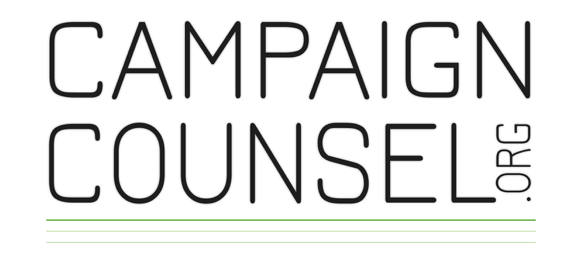Most nonprofit leaders are familiar with the idea of a capital campaign being largely executed during “quiet” phases. During capital campaigns we don’t solicit the general population with splashy kick-off events, donate now buttons, and social media campaigns until reaching the goal is well in sight. But are capital campaigns required to be “silent?”
All in Campaign Communications
Capital Campaigns and Your Annual Fund
Many organizations fear that a capital campaign will negatively impact their annual fund. Capital campaigns are built on approaching your biggest and most loyal donors with a vision for your next milestone in advancing your nonprofit’s mission and asking how they will help. Will donors simply shift their gifts from the annual fund to the capital campaign?
Overcoming Obstacles in Fundraising
Whether you’re preparing the initial stages of your campaign planning study or the final phases of your campaign fundraising, process and strategy are at the heart of everything you’re doing. Now is not the time to abandon this; in fact, it is time to double-down on your communication and fundraising plan for the upcoming weeks.
Communicating Your Capital Campaign to the Right Audience at the Right Time
Capital campaigns are guided by process. A proven, phased approach that capitalizes on reaching the right donor at the right stage of the campaign brings success. The communication plan that supports that process is designed to inspire the biggest gifts each of your donors is capable of making.
Finishing a Successful Capital Campaign During a Global Pandemic
A pivot may mean quieting your campaign for a short amount of time, but never go silent. We’ve seen from donor surveys and from our active campaigns that donors are still out there and may be inclined to give now more than ever. Keep the lines of communication open and continue with the campaign process as much as possible.
High-Dollar Donors Favor Contact by Phone During Pandemic
A new survey of high-dollar donors to U.S. charities found that 35 percent favor contact by phone to consider significant charitable requests in today’s fundraising environment.







